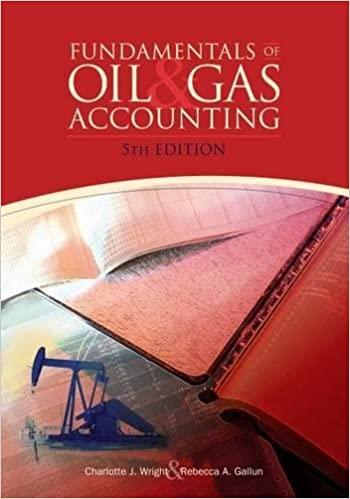1. The following schedule of information relates to Pittsburgh Products for the year, 2019 (45 points): Income statement data: Sales $1,160,000 Depreciation expense 42,000 Net income 154,000 Cash receipts: From issuance of common stock $88,000 From sale (at book value) of stock investment 56,000 Cash payments: For purchase of land $248,000 To stockholders as dividends 44,000 To payoff notes payable 28,000 Change in working capital accounts: Cash increase $10,000 Accounts receivable increase 12,000 Inventory decrease 6,000 Accounts payable decrease 8,000 Accrued liabilities increase 4,000 The cash balance was $44,000 at the beginning of 2019. Required: In good form, prepare a 2019 statement of cash flows for Pittsburgh Products using the indirect method. Enter your answers in the yellow boxes on the following page. Some of your answers should be negative numbers and some should be positive numbers. 1540 PITTSBURGH PRODUCTS Statement of Cash Flows For Year Ended December 31, 2019 Net cash flow from operating actives: Net Income Add (deduct) items to convert net income to cash basis: Depreciation Accounts receivable Increase Inventory decrease Accounts payable decrease Accrued liabilities increase Net cash provided by operating activities $186,000 Cash flows from investing activities: Sale of stock investment Purchase of land Net cash used by investing activates (192,000) Cash flows from financing activities Issuance of common stock Retirement of notes payable Payment of dividends Net cash provided by financing activities: Net increase in cash Cash at beginning of year Cash at end of year 2. Manchester Eyewear, Inc. manufactures glasses. Manchester is considering purchasing a new piece of manufacturing equipment for $2,000,000. The equipment is expected to last 10 years, and management projects that purchasing the equipment would result in an additional $300,000 in pre-tax cash flow per year. Management does not expect the equipment to have any value at the end of 10 years, and so will fully depreciate the equipment on a straight-line basis (45 points). To obtain the funds to purchase this equipment, Manchester plans to raise capital from the following sources: Bank Loan: $800,000 at an interest rate of 7.25% Bond Financing $600,000 at an interest rate of 7% Preferred Stock (10%) Issuance $600,000 Manchester's tax rate is 20% (Continued on next page) IN Present value of $1: Period 15% 0.9524 0.9070 0.8638 0.8227 0.7835 0.7462 10.7107 10.6768 0.6446 0.6139 16% 0.9434 0.8900 0.8396 1 0.7921 0.7473 10.7050 0.6651 0.6274 10.5919 0.5584 7% 0.9346 0.8734 0.8163 0.7629 0.7130 0.6663 0.6227 0.5820 0.5439 0.5083 8% 0.9259 0.8573 0.7938 0.7350 0.6806 0.6302 0.5835 10.5403 0.5002 10.4632 10 Present value of an annuity of $1: Period 5% 0.9524 1.8594 0 COCONGAN 3.5460 4.3295 5.0757 5.7864 6.4632 7.1078 7.7217 6% 0.9434 1.8334 2.6730 3.4651 14.2124 4.9173 5.5824 6.2098 6.8017 7.3601 7% .9346 1.8080 2.6243 3.3872 4.1002 4.7665 5.3893 5.9713 6.5152 7.0236 8% 0.9259 1.7833 2.5771 3.3121 3.9927 4.6229 5.2064 5.7466 6.2469 6.7101 10 a) Using the weighted average cost of capital as the discount rate, compute the net present value of the future cash flows. You may use the present value tables above or a financial calculator to arrive at your answer. Remember to include the tax shield generated by depreciation. Please show your work for full credit b) Should the company make the investment? Explain your answer.. (Please show your work and answers on the next page)









